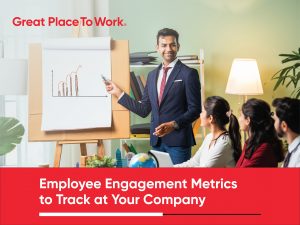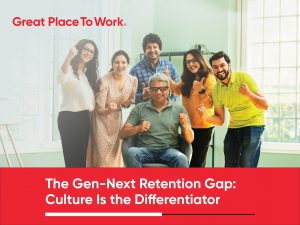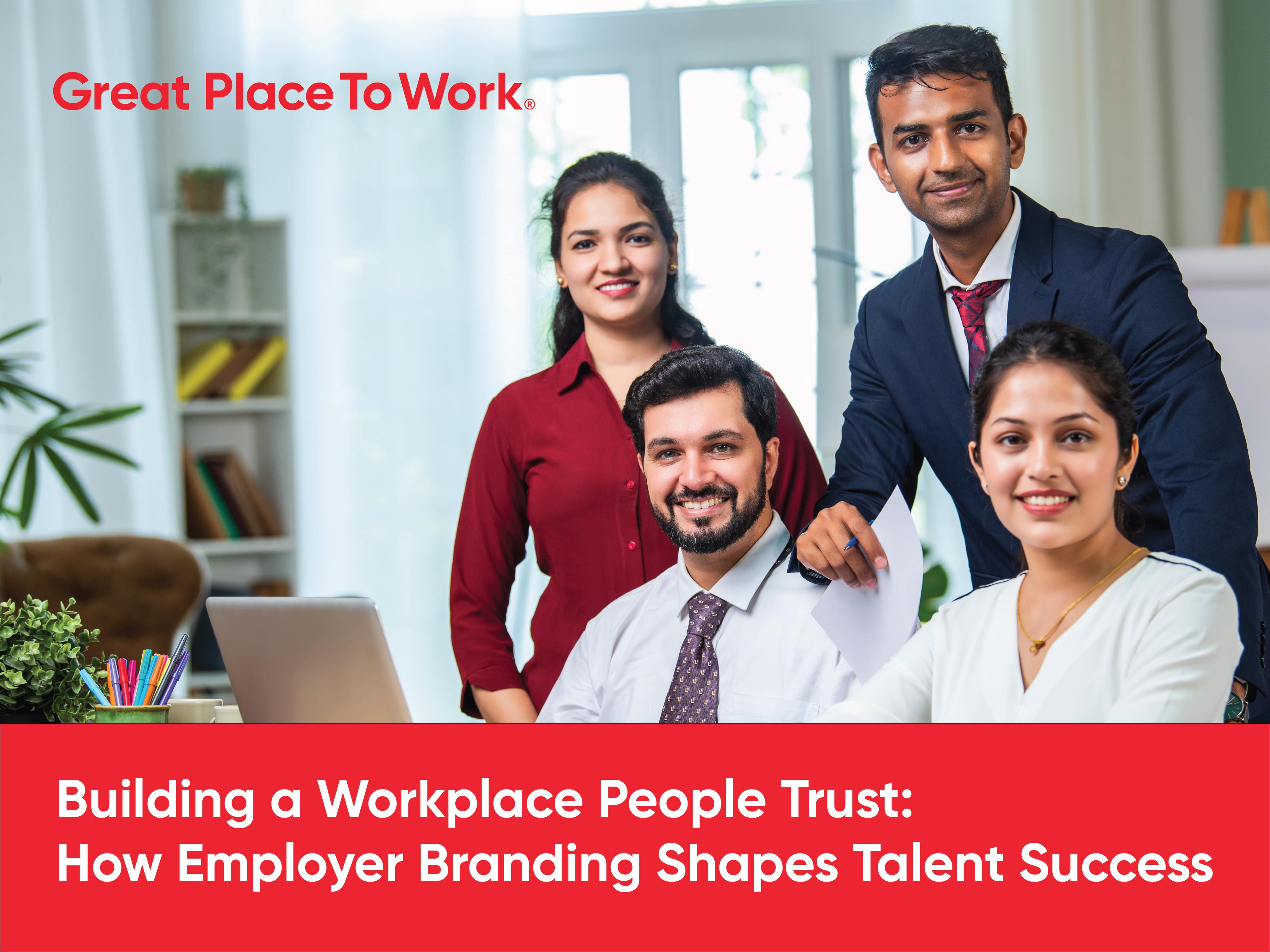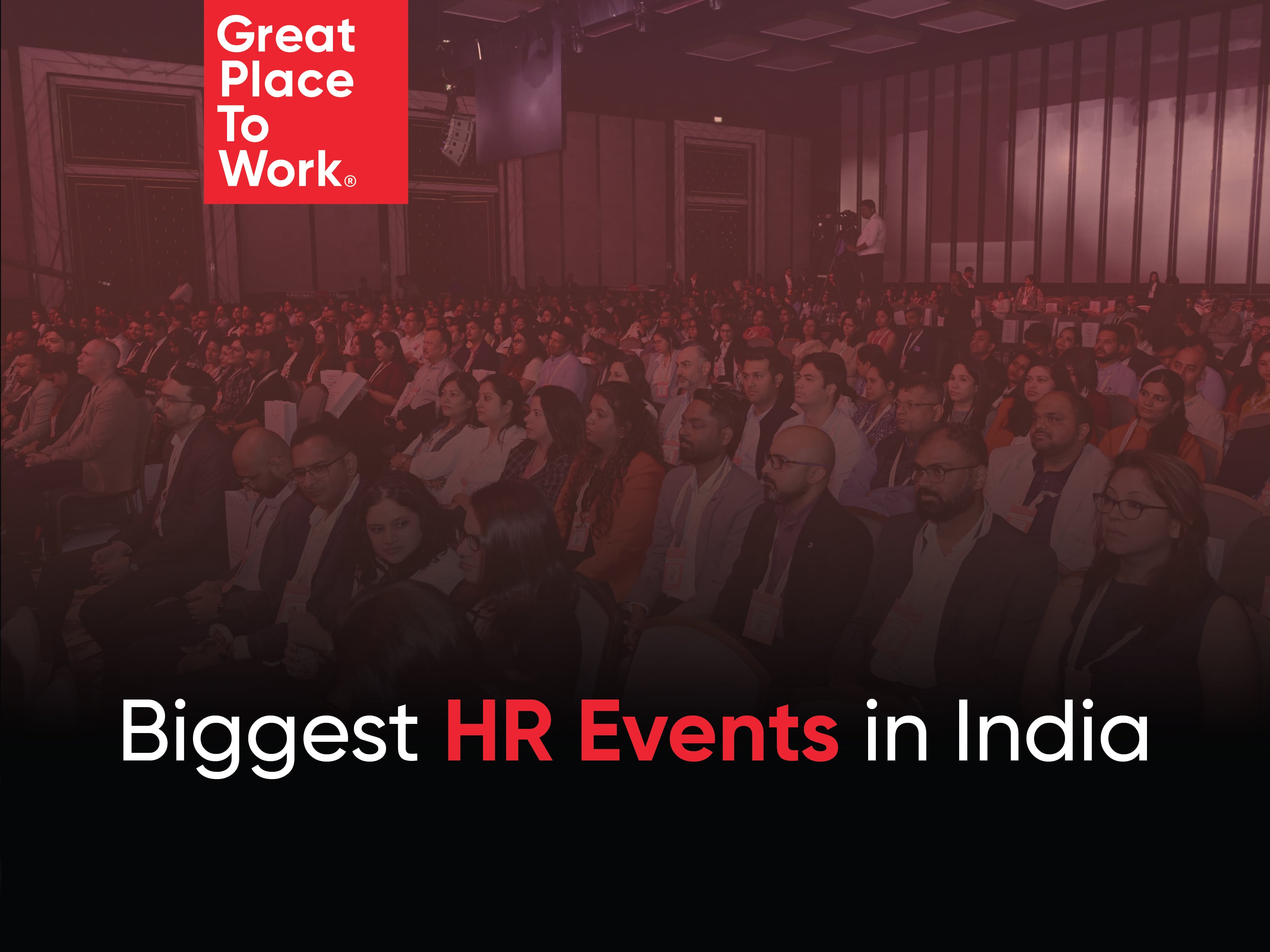Reading Time: 6 minutes
Your Guide to Successful Hybrid Onboarding
In an office setup, onboarding often begins with a desk, an ID card, and a round of introductions. But in a remote setup, that first day might look very different; sometimes it’s just a welcome email and a login link. This is why hybrid onboarding should not be considered as a digital version of the same process but as a redesigned experience built to engage, support, and integrate employees across locations, time zones, and working modes. For starters, the Day One of a new joiner should be encouraged to be an in-person experience.
One might think of onboarding as something that starts on Day One, when someone logs in, and receives a welcome email. But truthfully, onboarding starts much earlier. It begins with how someone is hired.
Think about it: the interview process is often a candidate’s first real window into your culture. It’s where they get a glimpse of how decisions are made, how people communicate, and whether there’s a space for them to unapologetically show up as themselves. If hiring is rushed or the experience feels cold, confusing or mechanical, it sets the wrong tone, and onboarding must work twice as hard to fix first impressions.
The Best Workplaces™ know this. They treat hiring as the first chapter of a longer story, one where trust, clarity, and culture are introduced right from the start.
Intentional Hiring for Hybrid Success
In many organisations, interviews are evolving from “Can you do the job?” to “How will you add to our culture and values?”
This shift is especially critical in a hybrid workplace. When face-to-face cues are limited and informal in-person immersion is minimal, value alignment becomes the glue that holds teams together. To address this, workplaces are building structured frameworks that assess candidates on values, behaviors, and culture alignment using real-world scenarios to evaluate things like accountability, adaptability, and collaboration. In some cases, behavioral assessments or value-based psychometric tools are added before the final round to check for long-term fitment and to guide more meaningful conversations during interviews. These practices help both sides explore shared expectations.
In hybrid contexts, where culture-building heavily relies on intentional design, this early alignment sets the tone. It helps candidates connect to the “why” behind their work, irrespective of their place of log in.
Some organisations go a step further by auditing hiring decisions for early attrition or fitment gaps, using that data to refine their tools and training. The result: more empowered hiring managers, better candidate experiences, and stronger outcomes across the organization.
Even the most thoughtful and well-designed hiring process is just the beginning. Once an offer is accepted, the focus shifts to ensuring that new hires feel confident, connected, and equipped, regardless of where they log in from.


Pre-joining Engagement to Integrate New Hires
Best Workplaces focus on pre-joining engagement, a deliberate effort to bridge the silence between offer acceptance and joining. These pre-boarding touchpoints include welcome mailers, team introduction calls, and immersive digital experiences that give new hires a feel of the organisation’s values, workflows, and people. In some cases, incoming employees are invited to informal connect sessions or virtual leadership interactions, creating familiarity before formal induction even begins. Some companies are going further by offering location- or role-specific previews, helping new hires get a sense of what their day-to-day might look like.
These efforts aren’t just about preparedness, but about presence. With limited hallway conversations or office energy to rely on, employees form impressions based on what they receive before joining. This early outreach helps reduce ambiguity, builds emotional connection, and signals that the organisation is ready and excited for them to begin.
Peer-Led Onboarding Support
As quick desk chats and coffee catchups do not come easy in a hybrid work setting, organisations provide buddy systems for new joiners, ensuring they feel connected to the company, especially in the first few weeks.
They make buddy programs a core part of onboarding, not as a one-time gesture, but as a structured journey. Buddies help new hires understand tools, processes, team dynamics and workplace culture – things that are harder to pick up remotely. In some cases, dedicated buddy systems support transitions such as relocation, internal transfers, or returns from maternity leave.
By pairing new employees with someone who understands the landscape, organisations provide clarity and a sense of belonging, all while easing the learning curve. This lowers onboarding anxiety and creates connection beyond four walls.
Multi-Touchpoint Check-In Framework
While an effective hybrid onboarding process starts before day one, it also extends into the weeks that follow.
Some organisations design a 30-60-90-day structure, starting with foundational clarity in the first 30 days, moving to role integration by 60 days, and focusing on ownership and impact by 90 days. Organisations also incorporate feedback forms, surveys and mood check-ins to capture how employees are settling in. These check-ins can be done by buddies who provide continuous feedback, a reporting manager offering progress guidance, an HR SPOC or a coordinated mix of the three.
In a hybrid setup, leaders make the most of in-office days by planning meaningful in-person interactions. During the 30-60-90 day check-ins for new joiners, they prioritise face-to-face meetings. Regular in-person connects and team check-ins are scheduled when everyone is in office, creating opportunities to reinforce culture and build stronger team bonds.
Though communication means may differ, regular check-ins create a rhythm of support, helping new hires feel seen and guided as they find their place in their roles and the organisation, at large.
Use of Digital Onboarding Platforms
Organisations are increasingly using digital onboarding platforms that offer personalised learning journeys, self-paced orientation videos, digital trackers, and progress dashboards. These tools enable new hires to experience their journey at their own pace, regardless of where they are located.
Many programs integrate feedback loops, nudges, and milestone check-ins, so both HR and managers can stay in sync with the new joiner’s progress. These platforms help ensure that campus hires, lateral joiners, and returnees, each receive what is most relevant to them.
Platforms now also include a structured onboarding curriculum, covering company values, culture books, the organisation’s history and vision, the role of an employee, and even guidance on how to reach out to leaders. Some Best Workplaces go the extra mile by curating a virtual repository of culture stories, helping new joiners gain a better understanding of culture. Everything a new hire needs to understand about the organisation is made available in one place, making onboarding more accessible and cohesive.
To increase engagement, some organisations incorporate elements of gamification, such as quizzes, interactive challenges, and progress badges, turning onboarding into a more dynamic and rewarding experience.
While hiring brings talent in, this ensures integration, helping new employees navigate their first few weeks with confidence in context and a sense of control.
Conclusion
In a hybrid world, culture takes a little extra effort to happen; it has to be designed and delivered at every stage of the employee’s journey with intention. The employee experience begins long before the first login, and continues until the new hire feels fully comfortable. Hiring and onboarding are no longer separate stages, but part of one continuous journey of integration and trust-building.
Organisations that recognise this are shifting from checklists to intentional experiences that make people feel seen, supported, and ready to contribute. While practices change and evolve, the goal remains the same: to create a great place to work for all.









